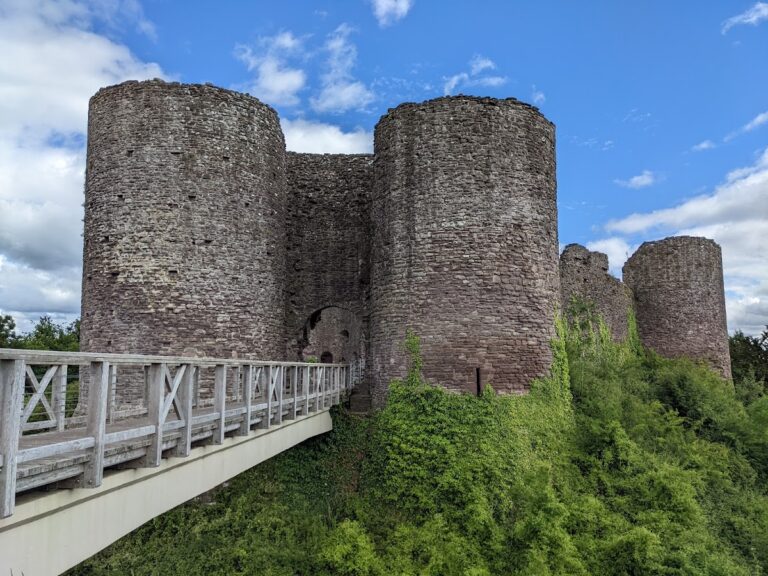Castell Arnallt: A Medieval Welsh Lordship in Llanover, United Kingdom
Visitor Information
Google Rating: 5
Popularity: Very Low
Google Maps: View on Google Maps
Country: United Kingdom
Civilization: Unclassified
Remains: Military
History
Castell Arnallt, located in Llanover, United Kingdom, was established by the medieval Welsh rulers of the area. It served as the fortified home and administrative centre of Seisyll ap Dyfnwal, lord of Over Gwent (Gwent Uwchcoed), during the 12th century.
The site formed part of extensive estates under Dyfnwal ap Caradog, whose holdings possibly were centred near Penpergwm close to Abergavenny. King Henry II formally recognised these lands as belonging to Seisyll, who also controlled the honour of Abergavenny Castle. Castell Arnallt thus functioned as a llys, a Welsh royal court where Seisyll conducted his lordship’s governance.
A violent turning point occurred in 1175 when William de Braose, a Norman lord, invited Seisyll and other regional leaders to Abergavenny Castle under the pretense of reconciliation following the death of Henry Fitzmiles. This meeting led to the notorious Massacre of Abergavenny, during which Seisyll and several allies were killed. While Seisyll was detained, his fortified home, Castell Arnallt, was attacked and destroyed by William de Braose’s forces. Seisyll’s son Cadwaladr was slain in this assault, and his wife was either abducted or killed. The castle’s final destruction is dated to 1177, marking the end of its use as a royal court and stronghold.
By the early 14th century, specifically 1325, the lands on which Castell Arnallt stood had changed hands, entering the estates of Sir William de Hastings, connected through family ties to the lord of Abergavenny. Since that period, the site ceased any military or administrative function and has been utilised solely for agricultural purposes.
Remains
The remains of Castell Arnallt today consist predominantly of a large, oblong earth mound set on pasture near the floodplain of the River Usk, roughly 39 metres above sea level. This mound reflects the castle’s original footprint and defensive positioning, likely taking advantage of natural land contours rather than an artificial motte—or raised earthwork—commonly found in other medieval fortifications. Such a choice aligns with its role as a Welsh royal court emphasizing administrative authority over heavy military fortification.
Two distinct enclosures have been identified at the site. One lies on the summit of the earth mound, while another is positioned against its western side. These features suggest the presence of structural elements such as a gatehouse and stone walls, which were probably built and modified over time to enhance the site’s defence and function. Though no parts remain visible above ground today, these earthworks provide clear archaeological evidence of the castle’s layout.
The surrounding landscape also contributes to understanding the site’s setting, with hills rising to the west and flat grassland extending to the east. Today, this area is devoted to grazing, continuing a long tradition of agricultural use since the castle’s destruction. The site’s designation as a Scheduled Ancient Monument since 1947 recognises its historical importance, despite the absence of excavation or surviving buildings.
Together, the earth mound and its enclosures form a subtle but enduring trace of Castell Arnallt’s medieval past, preserving the footprint of a Welsh lord’s court within the changing landscape of Gwent.







